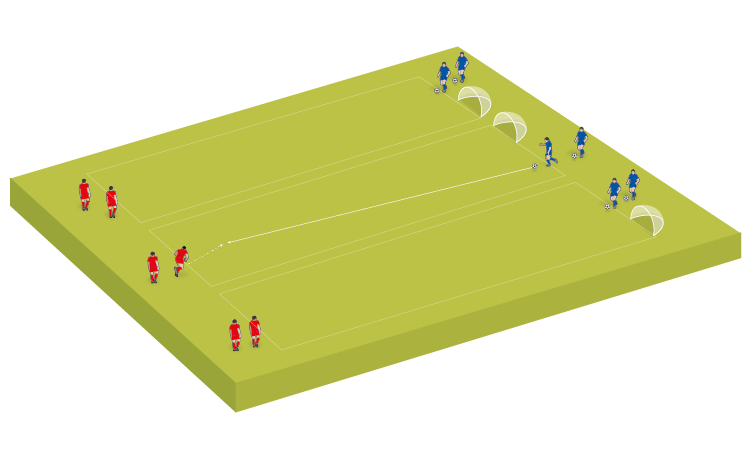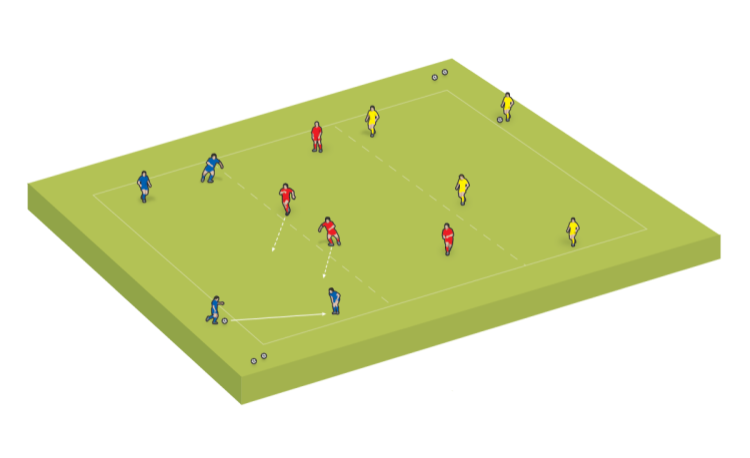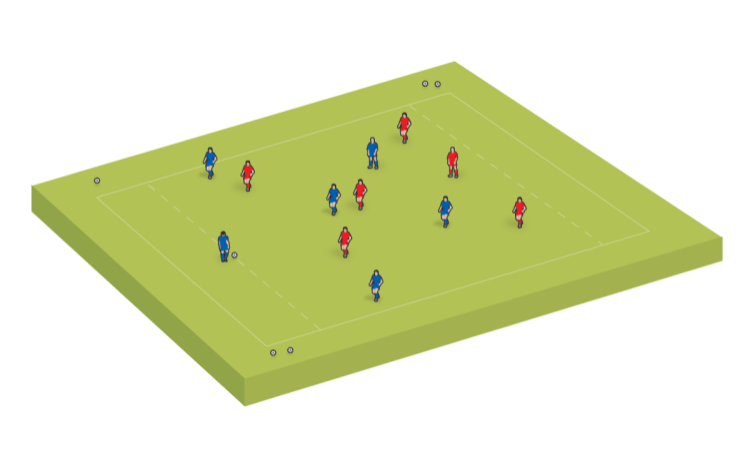The only time to dive
Soccer Drillsby Dave Clarke
The first goal that really made me sit up and think football was the best game in the world was a diving header. Back in 1972 Leeds United beat Arsenal in the FA Cup final when Alan Clarke scored with one, says Dave Clarke.
The first goal that really made me sit up and think football was the best game in the world was a diving header. Back in 1972 Leeds United beat Arsenal in the FA Cup final when Alan Clarke scored with one, says Dave Clarke.
Using the body to head the ball
The diving header is a technique which uses the head to direct the ball, but involves the player’s whole body. Usually only used by attacking players - but can be used defending the penalty area - the diving header requires the player to dive towards the ball, with both feet off the ground in order to make contact with the ball.
Head the ball low and on-target
Tell your players to look in the direction in which the ball needs to go and to keep their head over the ball. In this way the player can keep the ball’s trajectory low and accurate.
Be brave and anticipate well
Tell your players they need to be brave, well balanced and use good anticipation. Players famed for their diving headers are fearless when diving in amongst flying boots to poach a goal in the six-yard box.
A diving header beats a thrusting foot
Tell your players when the ball is out of reach, they shouldn’t jump towards it with one foot in front, because they will only have a single foot to support the jump, since the other one will be stretched out front. This won’t give them much of an advantage, whereas with a diving header, they can use both feet to propel themselves towards the incoming ball.
It gives your players an advantage
The advantage of a diving header is that it allows a player to get to the ball first and to get on the end of crosses which would otherwise be unreachable. If the ball is low or dropping, but cannot be kicked, a diving header is a good option.
Key coaching tips: Get a player to lie on the ground so your players can practice diving across to gain distance and balance.
Those coaches who like to put a name to a skill will be interested to know the Portuguese and Spanish words for the technique. In Portugal they refer to it as the peixinho (“little fish”) and in Spain the palomita (“little dove”).
Coaches Testimonials

Gerald Kearney, Downtown Las Vegas Soccer Club

Paul Butler, Florida, USA

Rick Shields, Springboro, USA

Tony Green, Pierrefonds Titans, Quebec, Canada
Soccer Drills
Discover the simple way to become a more effective, more successful soccer coach
In a recent survey 89% of subscribers said Soccer Coach Weekly makes them more confident, 91% said Soccer Coach Weekly makes them a more effective coach and 93% said Soccer Coach Weekly makes them more inspired.
*includes 3 coaching manuals
Get Weekly Inspiration
All the latest techniques and approaches
Soccer Coach Weekly offers proven and easy to use soccer drills, coaching sessions, practice plans, small-sided games, warm-ups, training tips and advice.
We've been at the cutting edge of soccer coaching since we launched in 2007, creating resources for the grassroots youth coach, following best practice from around the world and insights from the professional game.






